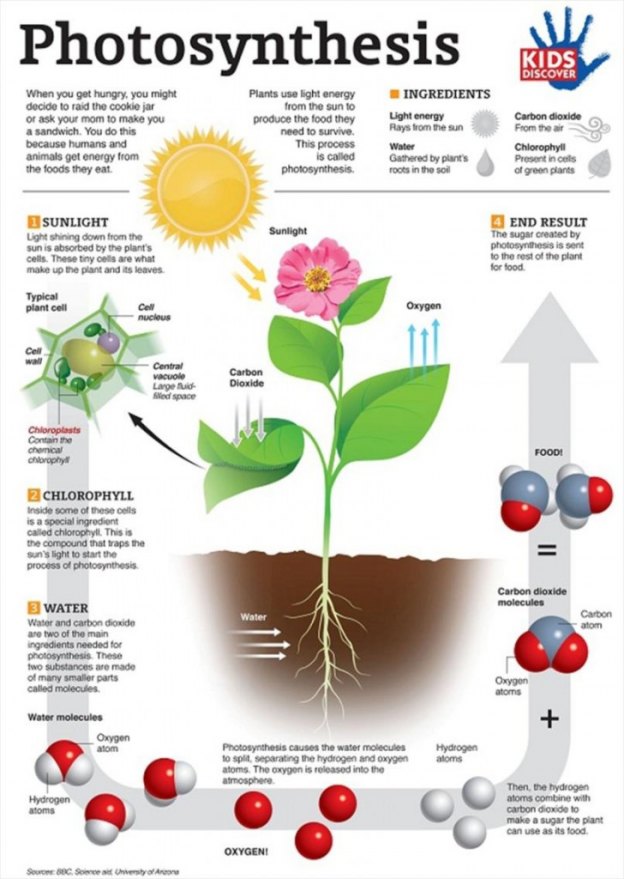By taking inspiration from the website
http://jfmueller.faculty.noctrl.edu/toolbox/tasks.htm
the Italian team, divided in groups of two, has performed the short example of authentic task you can read below.
In the authentic assessment model, the same authentic task used to measure the students' ability to apply the knowledge or skills is used as a vehicle for student learning.
By integrating teaching, learning and assessing it makes students apply knowledge and skills to real-world challenges.
AUTHENTIC TASK
You have been instructed to carry out a flyer / poster for a Science exhibition addressed to teens aged 10-16 years.
The material has to be catchy, comprehensive and correct. The general topic is the energy metabolism in the various types of organisms.
IMPORTANT deadline for sending the final product is: Wednesday, May 4 21:00
AIMS
To know and understand some basic metabolic processes
To know how to select, analyze and synthesize digital content
To be able to produce digital content
To work collaboratively
To understand a foreign language
To solve problems
To respect commitments and deadlines
instructions:
1) Divide into groups of two
2) GO TO THE LINK
https://www.easel.ly
and, after choosing to deal with only one argument between cellular respiration or fermentation, create a flyer / poster.
3) You can find below:
a) an example on photosynthesis
b) essential information on both topics
c) a checklist to make sure that the final work is complete

Cellular respiration
Cellular respiration is what cells do to break up sugars into a form that the cell can use as energy. This happens in all forms of life. Cellular respiration takes in food and uses it to create ATP, a chemical which the cell uses for energy. Usually, this process uses oxygen, and is called aerobic respiration.
It has three stages known as glycolysis, the Krebs Cycle, and the electron transport chain. This produces ATP which supplies the energy that cells need to do work. When they don't get enough oxygen, the cells use anaerobic respiration, which doesn’t require oxygen. However,
this process produces lactic acid, and is not as efficient as when oxygen is used. Aerobic respiration, the process that does use oxygen, produces much more energy and doesn’t produce lactic acid. It also produces carbon dioxide as a waste product, which then enters the circulatory system. The carbon dioxide is taken to the lungs, where it is exchanged for oxygen.
The simplified formula for aerobic cellular respiration is:
C6H12O6 + 6O2 → 6CO2 + 6H2O + Energy (as ATP)
The word equation for this is:
Glucose (sugar) + Oxygen → Carbon dioxide + Water + Energy (as ATP)
Fermentation
Fermentation is when a cell uses sugar for energy without using oxygen at the same time.
'Fermentation' also describes growing microorganisms on a growth medium. This is done to get a chemical product. French microbiologist Louis Pasteur studied fermentation and its microbial causes. The science of fermentation is known as zymology.
Yeast is an organism that ferments. When yeast ferments sugar, the yeast eats sugar and produces alcohol. This is used to make beverages or biofuel and to make bread rise. Yeast can be also used to grow bakery products like bread and cakes faster. In some cases yeast might be used to speed up the process of creation of wine.
Other cells make vinegar or lactic acid when they ferment sugar. In a different way, the fermentation process can continue and turn the alcohol into vinegar i.e. acetic acid.
Chemical Equation
C6H12O6 → 2 C2H5OH + 2CO2 + 2 ATP (Energy Released:118 kJ mol−1)
Word Equation
Sugar (glucose) → Alcohol (ethanol) + Carbon Dioxide + Energy (ATP)
Types of fermentation
When yeast ferments, it breaks down the glucose (C6H12O6) into ethanol (CH3CH2OH) and carbon dioxide (CO2).
Ethanol fermentation always produces ethanol and carbon dioxide. It is important in bread-making, brewing, and wine-making.
Lactic acid fermentation produces lactic acid. It happens in muscles of animals when they need lots of energy fast. The pain of a cramped muscle is caused by the build-up of lactic acid. The pain eases as the product is taken away by the blood supply.
CHECK LIST (total 16 points)
-DID YOU MAKE A SIGNIFICANT TITLE? (Up to 2 points)
- DID YOU ADD THE APPLICABLE IMAGE? (Up to 2 points)
- IS THERE BALANCE BETWEEN TEXT AND IMAGES? (Up to 2 points)
- DID YOU ADD ANY ESSENTIAL INFORMATION WITHOUT BEING REPETITIVE? (Up to 2 points)
- IS THE RESULT CLEARLY DEFINED OR HAS AN APPEARANCE DISORDERED AND CONFUSED? (Up to 2 points)
- DID YOU OBSERVE THE DEADLINE FOR DELIVERY? (Up to 3 points)
- DID YOU WORK AND PARTICIPATE ACTIVELY TO SOLVE PROBLEMS? HOW MANY TIMES DID YOU ASK teacher's help? (Up to 3 points)